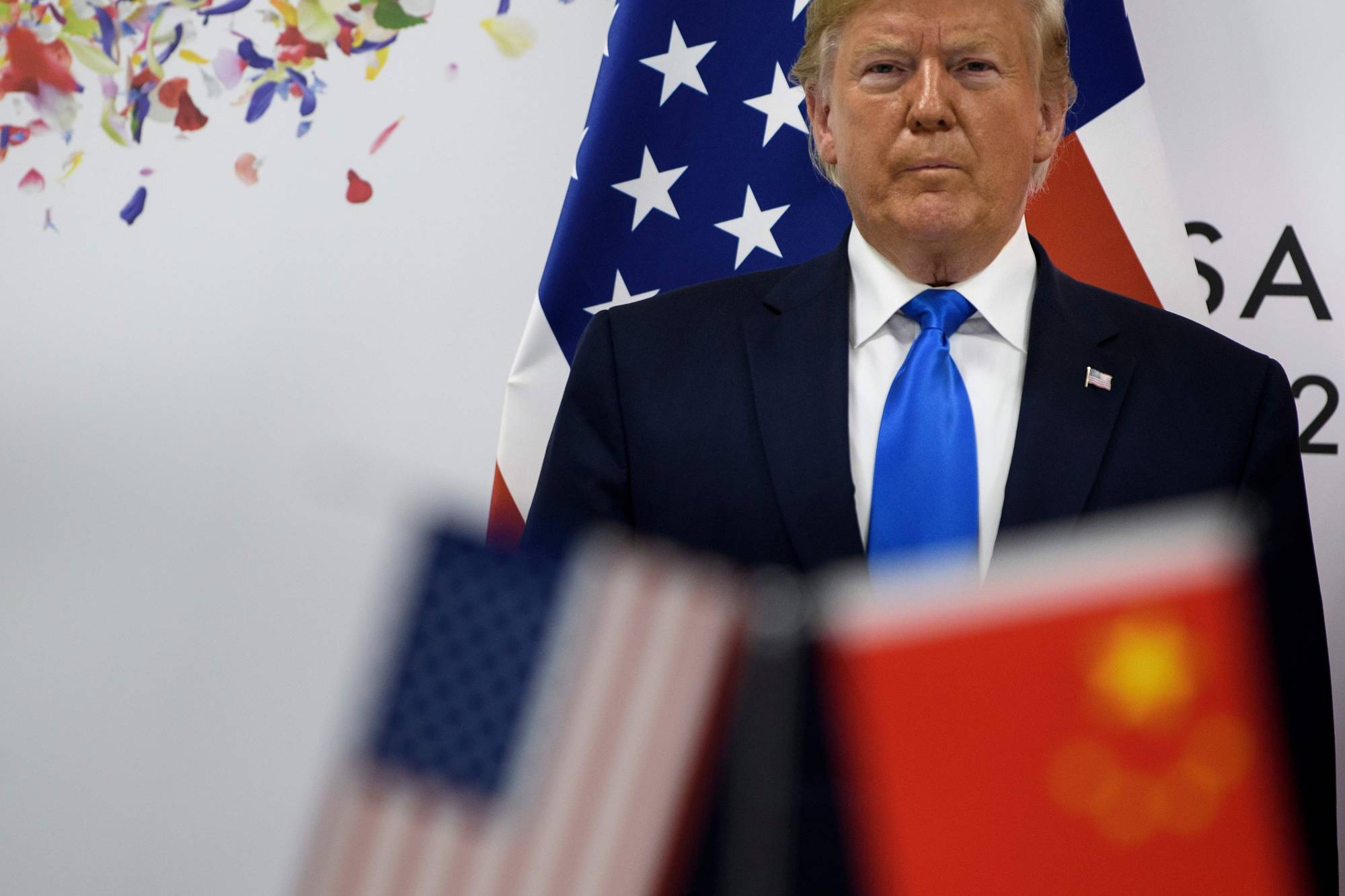During the 2016 presidential campaign, Donald Trump attacked U.S. President Barack Obama and his former secretary of state — and 2016 Democratic candidate — Hillary Clinton for their presumably “soft” stance on China. Trump’s “tough guy” approach and the forceful isolationism he campaigned on (“Make America Great Again”) entrenched that narrative as the candidate heightened real-life fears that permeated the business community (including intellectual property theft and loss of competitiveness due to administrative regulations and unfair trade agreements). He accused his predecessors of condoning the delocalization of American jobs to China.
China ultimately illustrated a broader point on globalization Trump was making, and it became a boogeyman voters could easily identify and rally against. On election night, it helped Trump notch unexpected victories in Pennsylvania, Michigan, Wisconsin, and Ohio, all Rust Belt states handily carried by Democrats before (and where a confident Hillary Clinton sometimes didn’t even show up during the last months of the campaign).
From an economic perspective, Trump’s China policy has brought mixed-to-negative results. The COVID-19 pandemic made more stark the American reliance on Chinese manufacturing and some firms are actively lobbying to end his administration’s China tariffs. Since 2017, examples of re-localization to the United States have been anecdotal at best, and many counties continue to rely on Chinese firms to maintain fledgling industries or to bring jobs to deserted economic areas. Also, the trade war has hit American farmers especially hard, so much so that Iowa is now at play in this year’s election. It is a surprising development as the Corn State turned to Trump in 2016 by a wider margin than Texas did, but China’s retaliatory tariffs have halved American agricultural exports to China.



